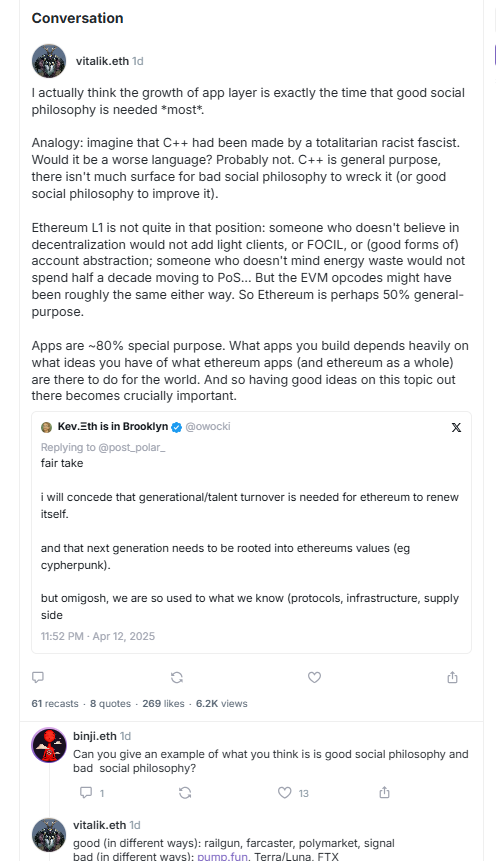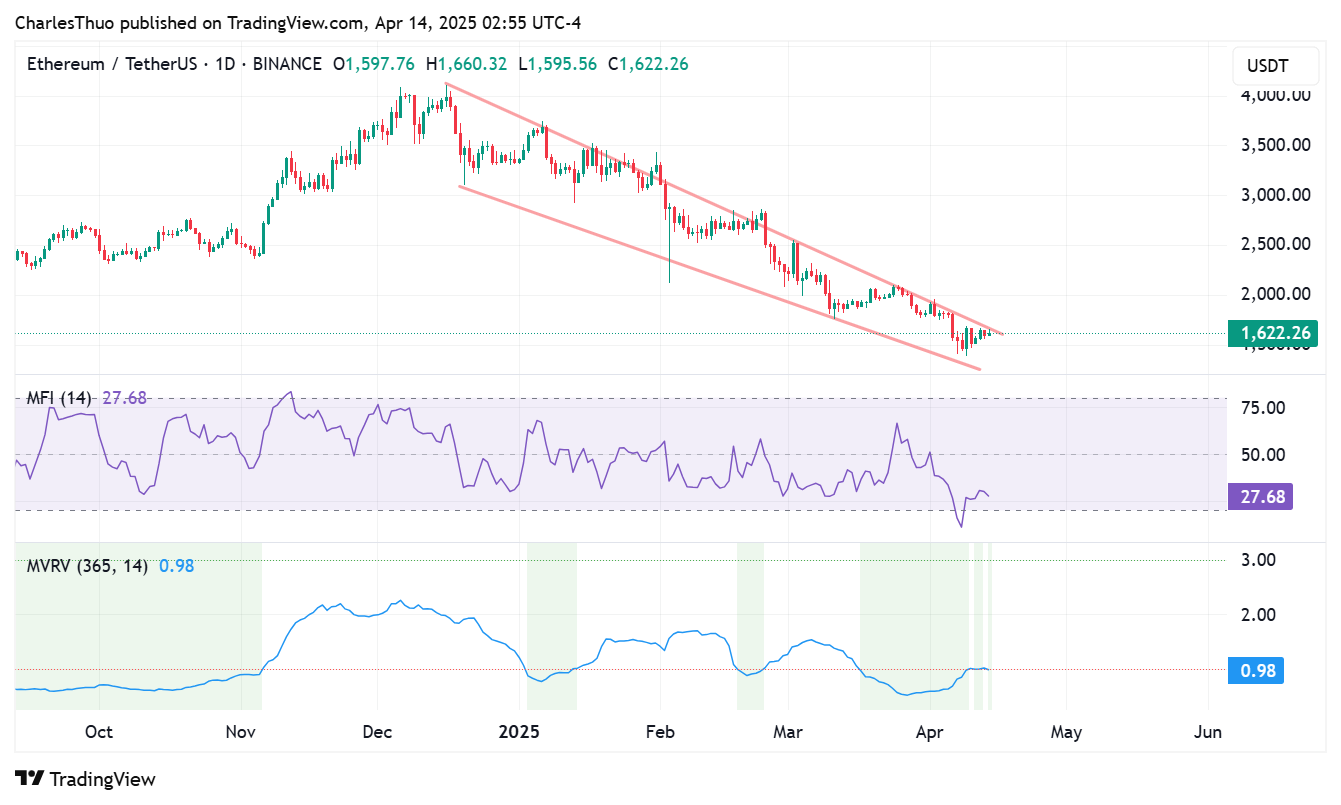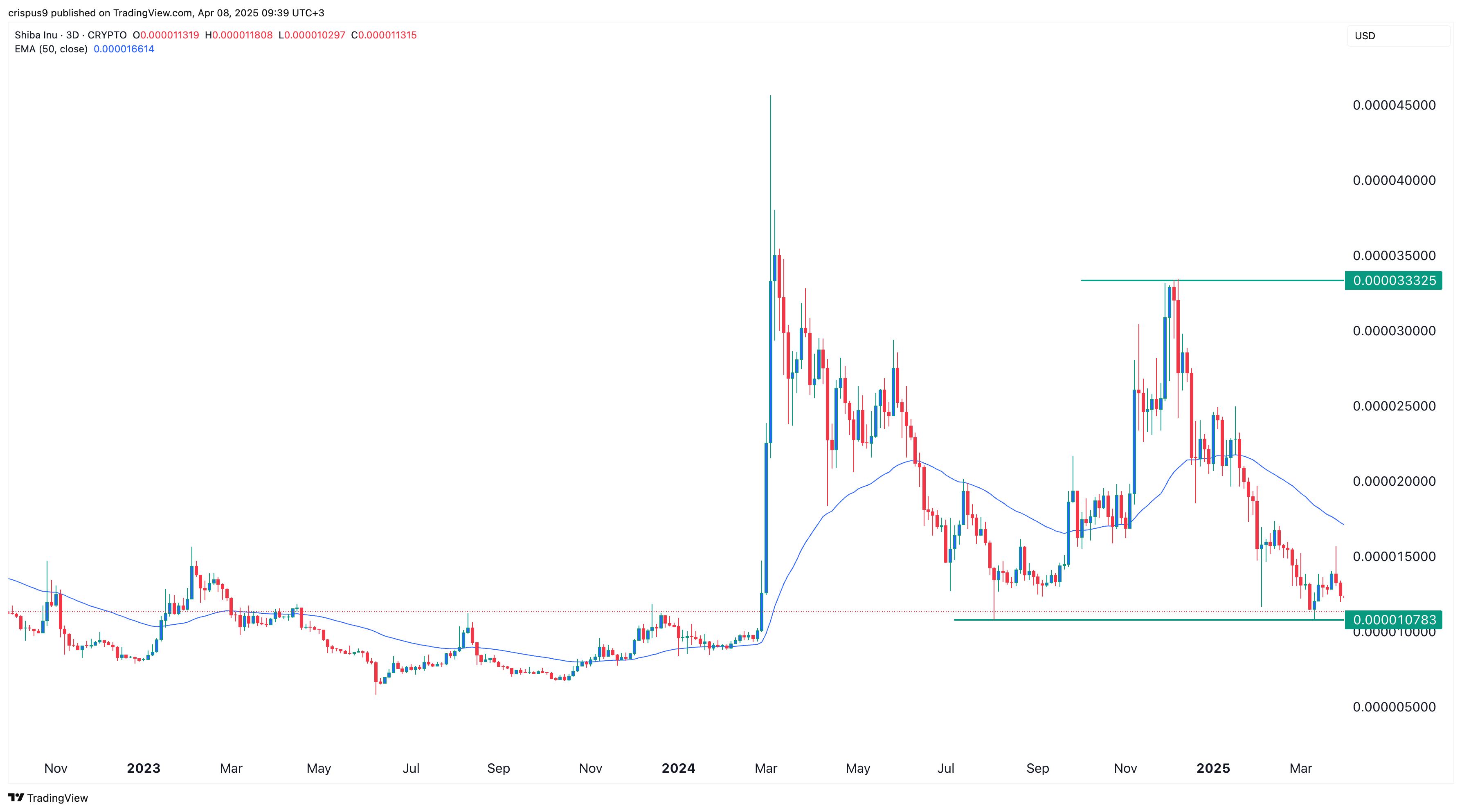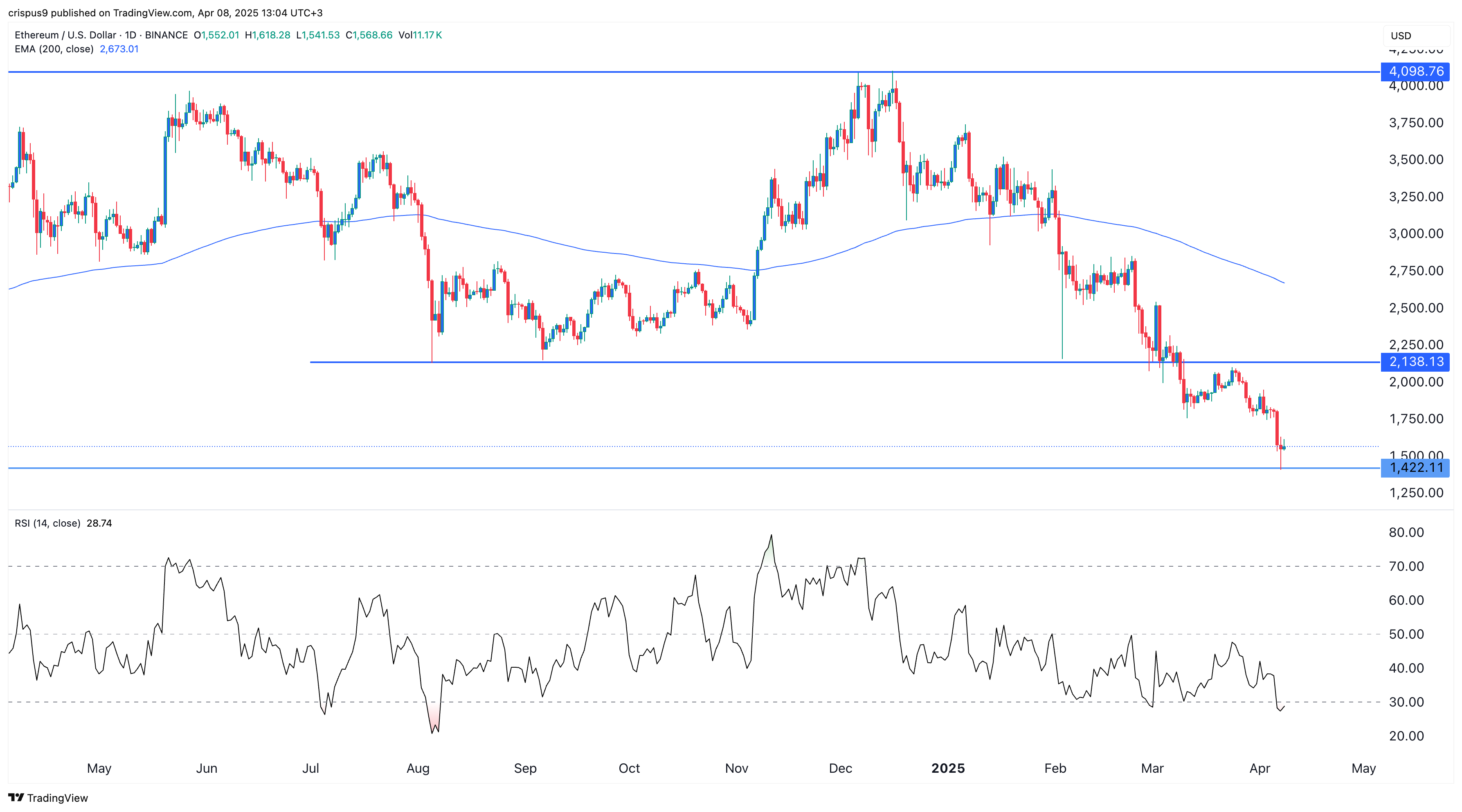- The SEC said it would defer its decision on the Grayscale ETFs until June 1.
- A final ruling deadline is set for late October.
- Ether’s market performance has lagged relative to peers in the current bull market.
The US Securities and Exchange Commission (SEC) has postponed its decision on whether to permit Ether staking within two of Grayscale’s Ethereum funds, further drawing out a process closely watched by crypto market participants and asset managers.
In a notice dated April 14, the SEC said it would defer its decision on the Grayscale Ethereum Trust ETF and the Grayscale Ethereum Mini Trust ETF until June 1.
A final ruling deadline is set for late October. The delay comes two months after the New York Stock Exchange filed a proposed rule change on Grayscale’s behalf.
It would allow Ether ETF investors to stake their holdings, locking up cryptocurrency to support the network’s operations in exchange for yield.
Staking yields have become an important feature for potential Ether ETF investors.
Coinbase currently offers an estimated 2.4% annual yield on staked Ether, while rates on Kraken range between 2% and 7%.
Ether ETFs have seen a comparatively modest uptake since their 2024 debut, with cumulative net inflows of $2.28 billion according to Sosovalue — a sharp contrast to Bitcoin ETFs, which have attracted over $35.4 billion in inflows.
The race for Ethereum staking
Grayscale is not alone in its pursuit. BlackRock’s 21Shares iShares Ethereum Trust also filed for staking permissions in February and awaits SEC approval.
The delay underscores persistent regulatory caution surrounding staking services in publicly traded products, even as other facets of crypto ETFs advance.
On April 9, the SEC approved options trading for multiple spot Ether ETFs, including those from BlackRock, Bitwise, and Grayscale.
The move allows these funds to offer derivatives exposure.
This feature broadens their appeal to institutional players but stops short of addressing the core issue of yield generation through staking.
Ether underperformance
Ether’s market performance has lagged relative to peers in the current bull market.
As of April 14, the token remains below $2,000, well off its 52-week high of $4,112 and still shy of its November 2021 all-time high of $4,866.
This underperformance stands in contrast to other digital assets like XRP and Solana, both of which have posted stronger gains in the latest rally.
The muted demand for Ether ETFs compared to their Bitcoin counterparts, alongside Ether’s relatively weak price action, reflects investor hesitancy amid regulatory ambiguity and market volatility.
The SEC’s ongoing delays around staking approvals only reinforce that uncertainty for now.
The post SEC delays call on Grayscale’s Ethereum ETF staking proposal appeared first on CoinJournal.




